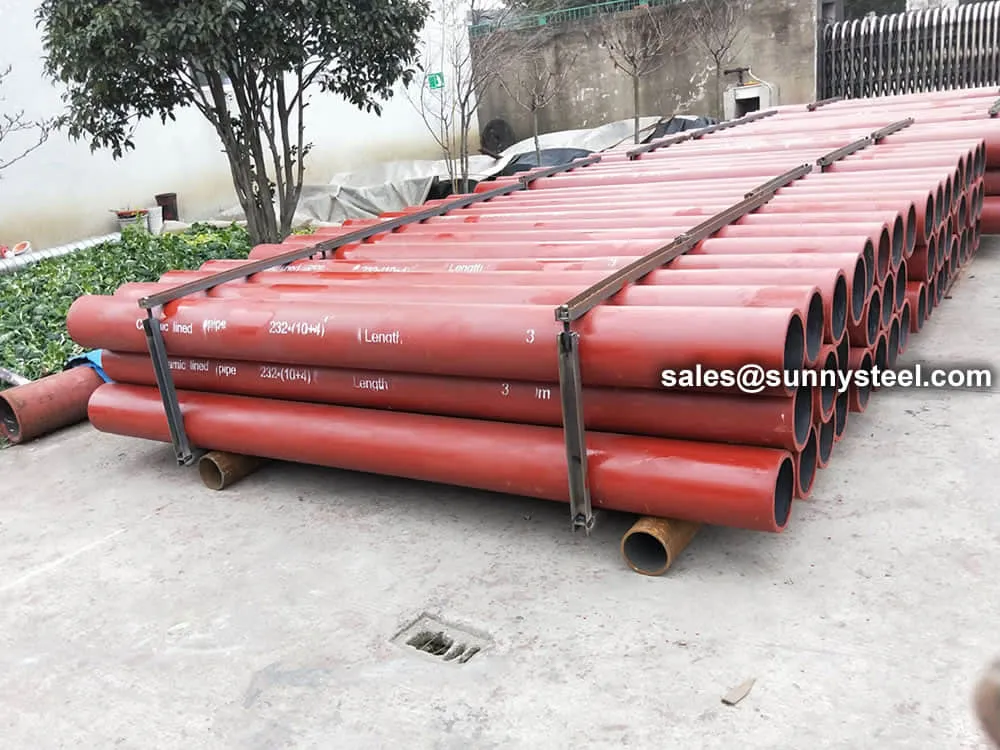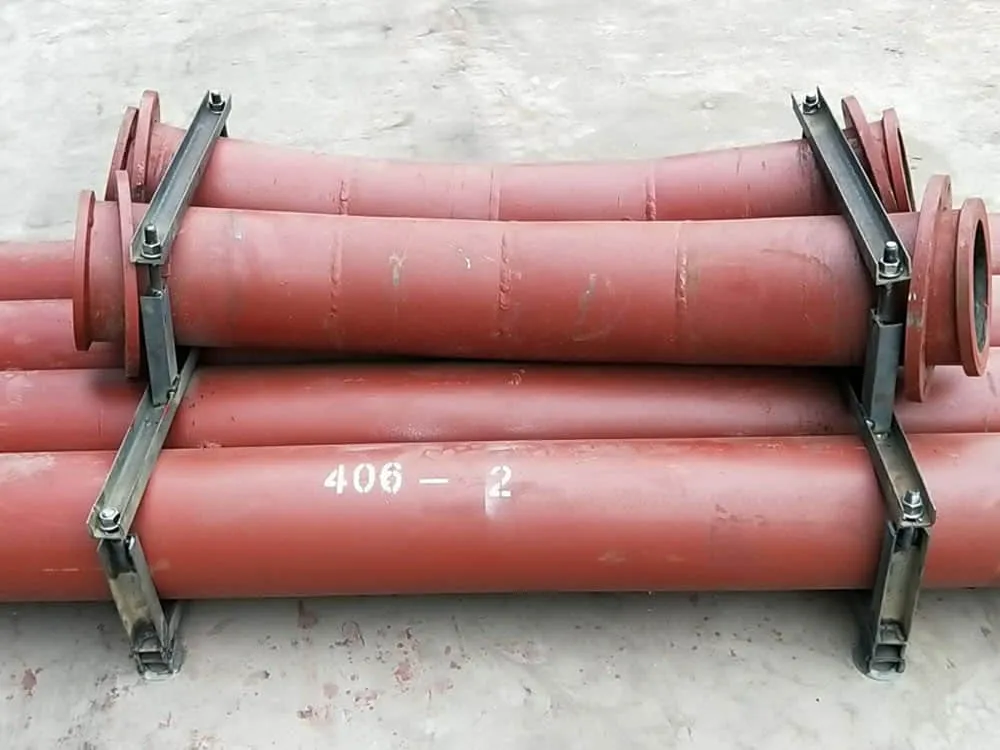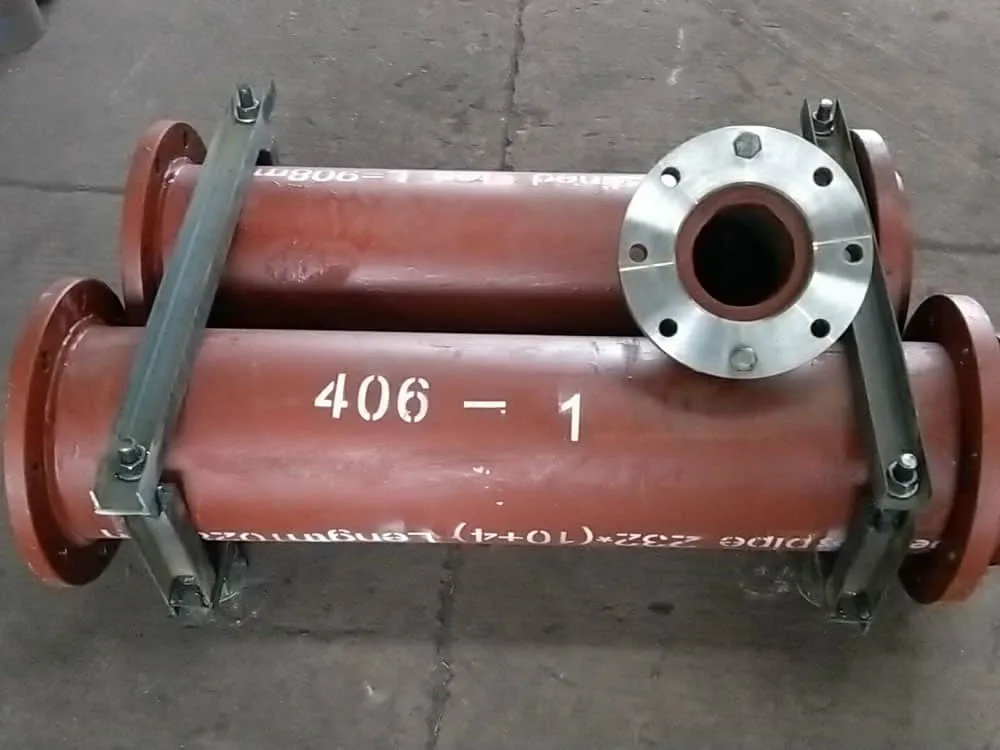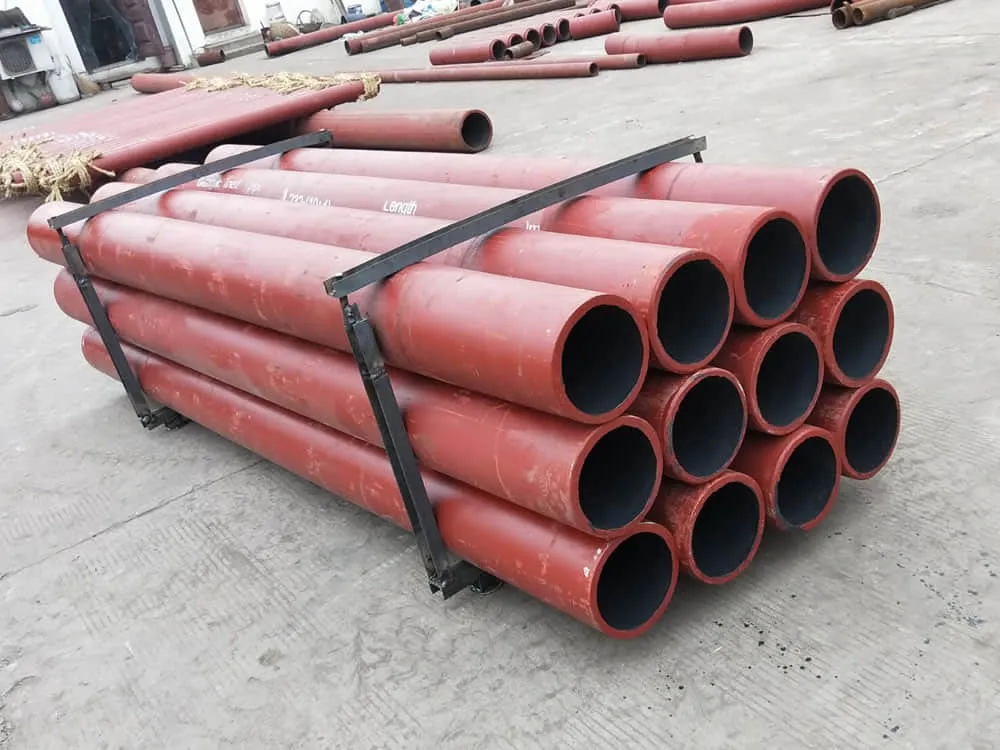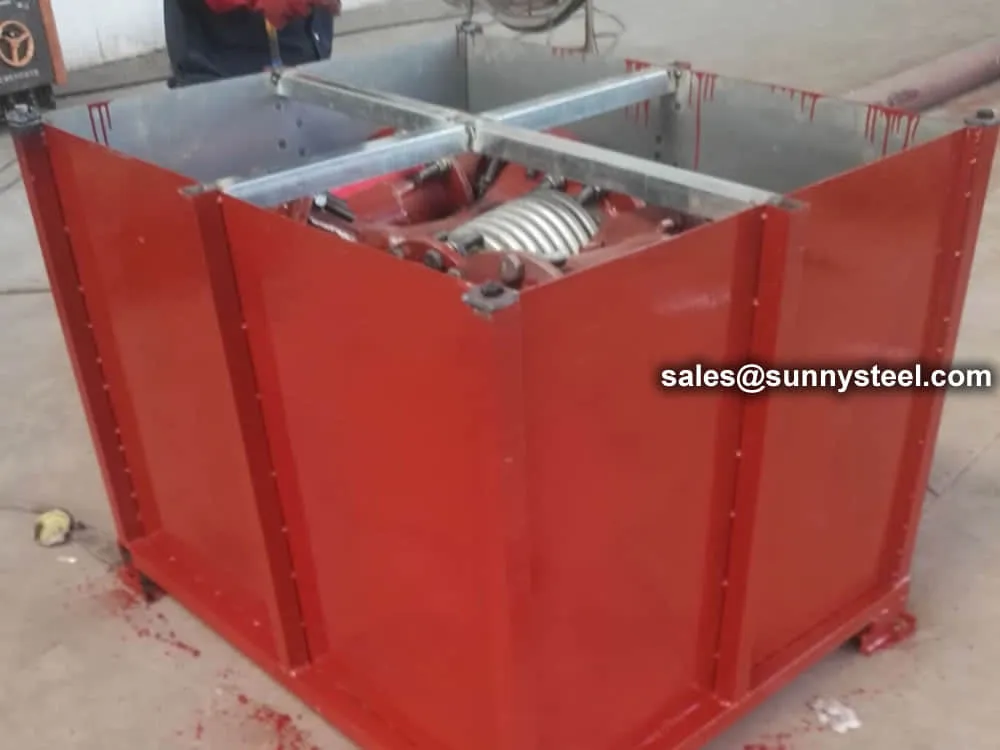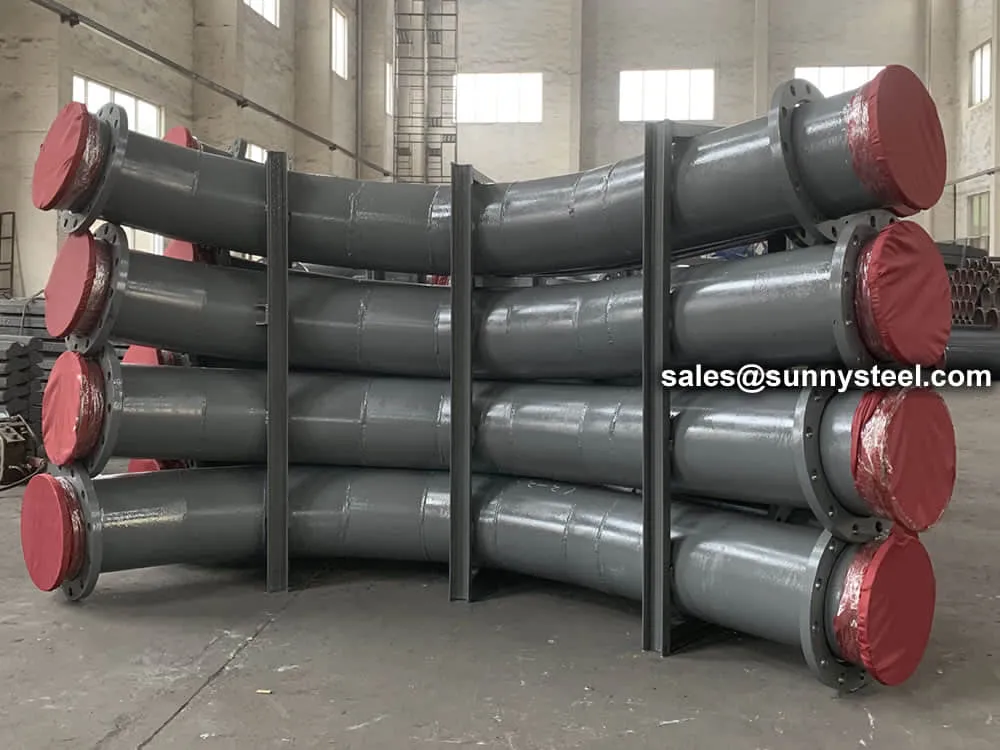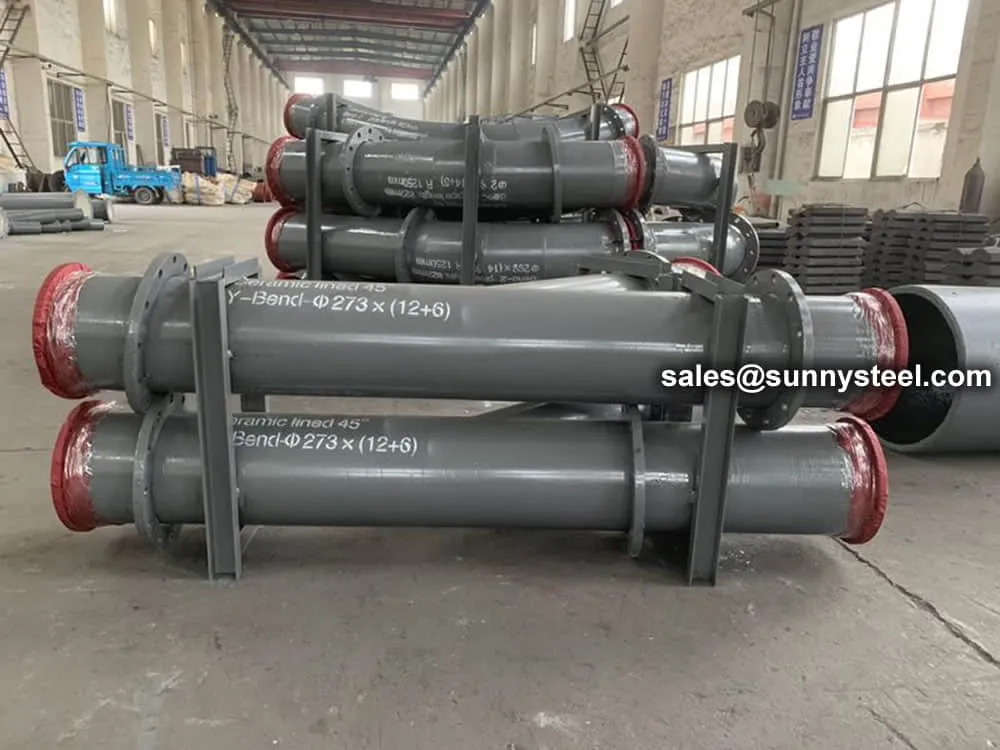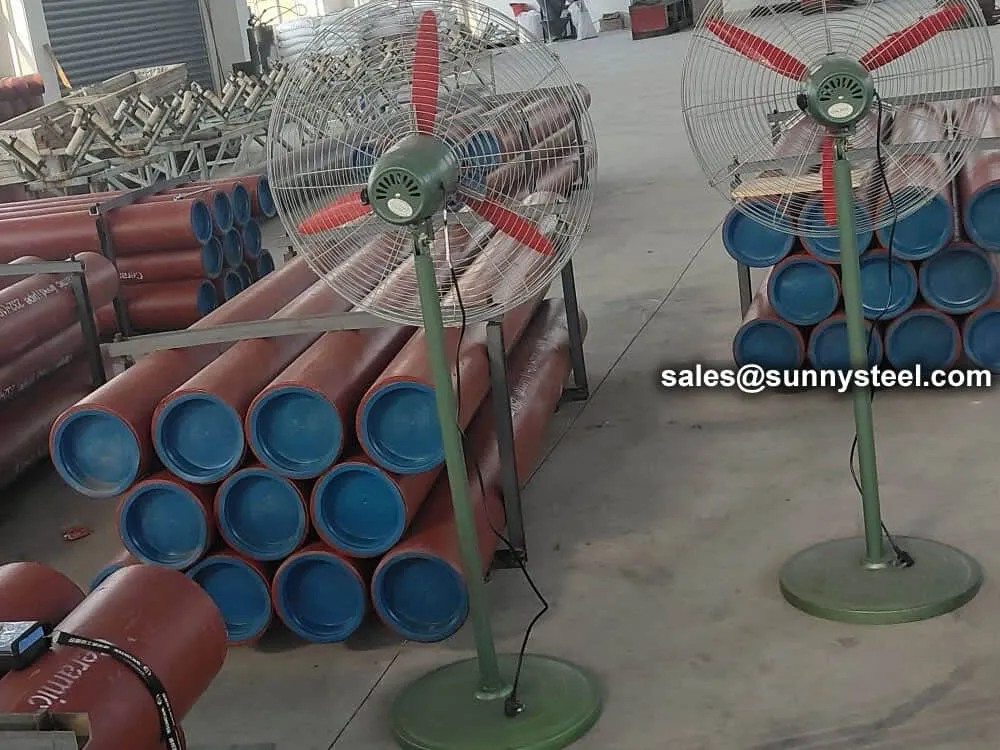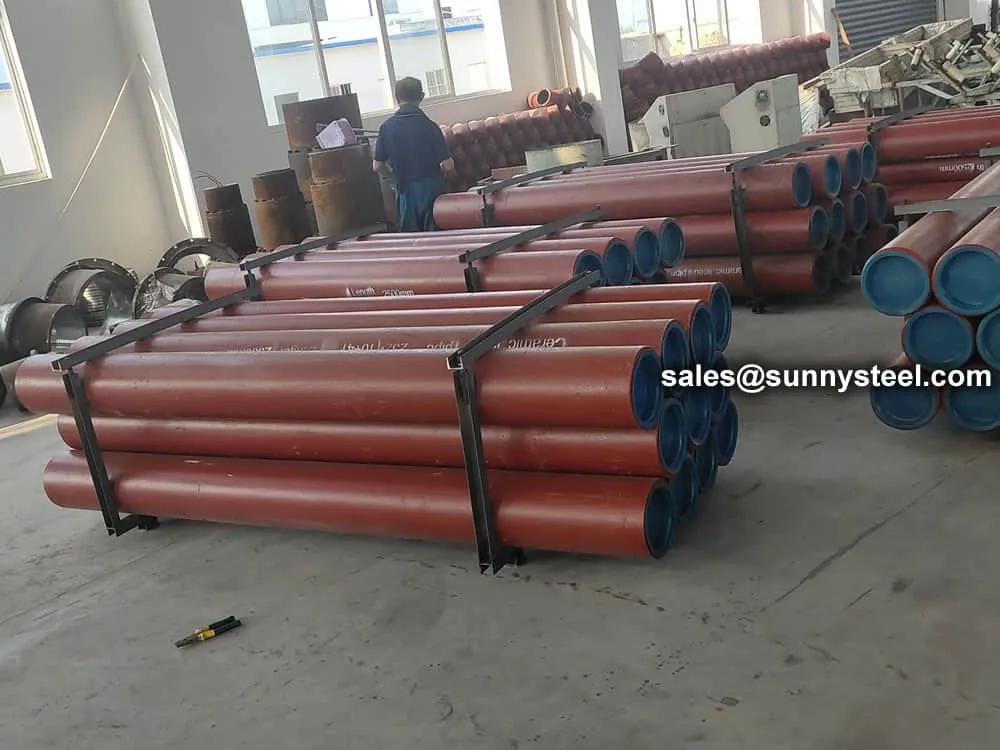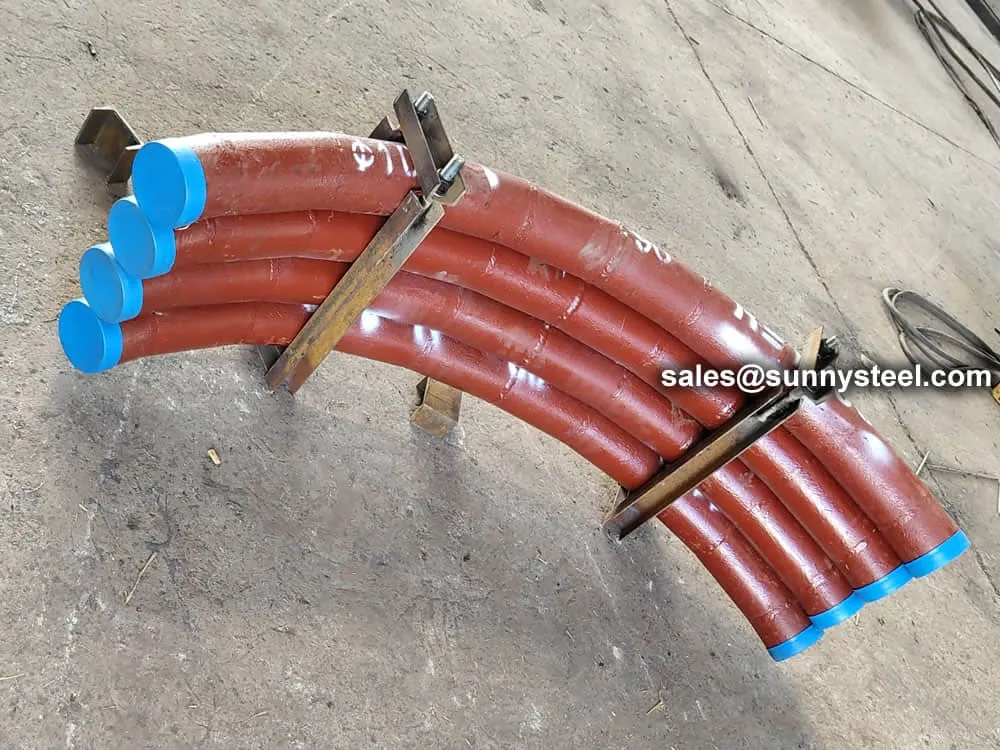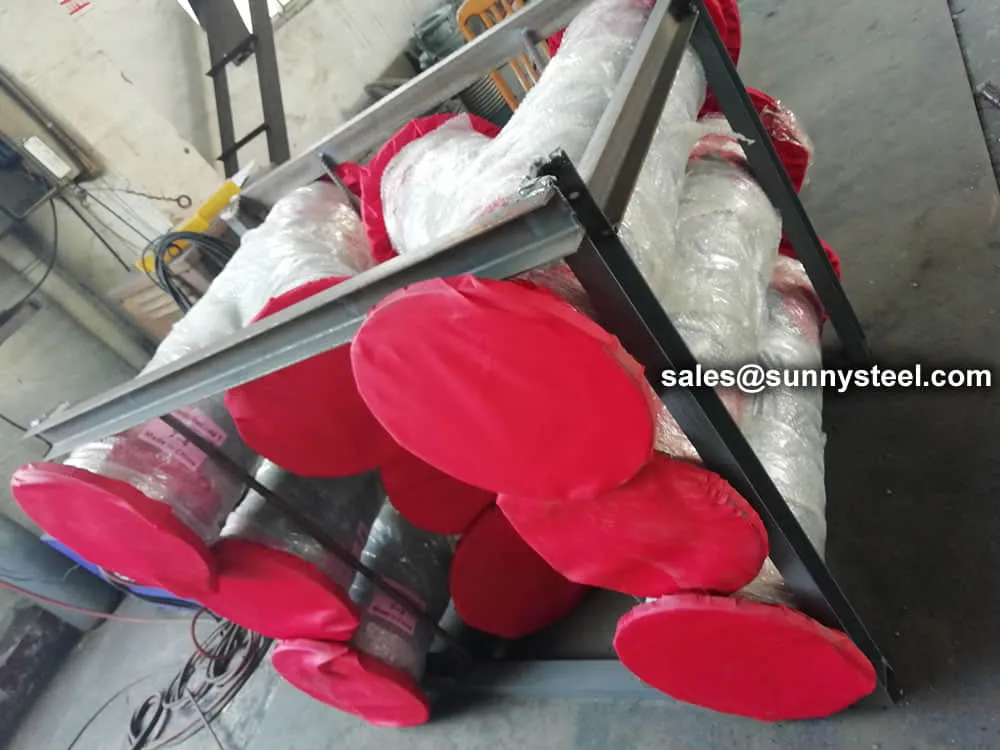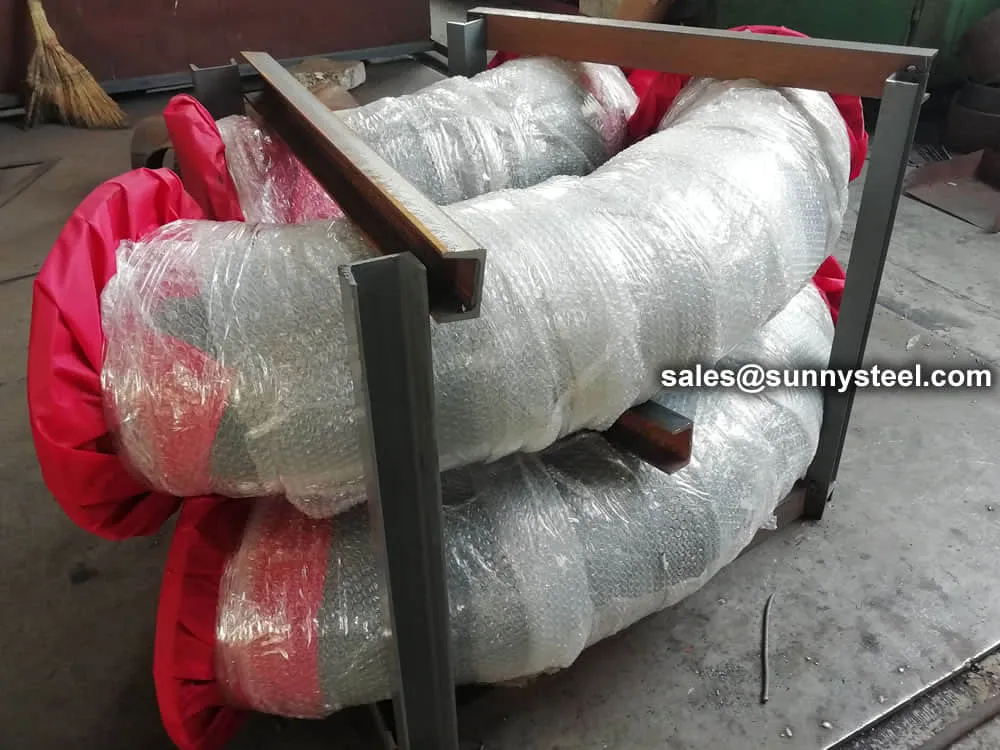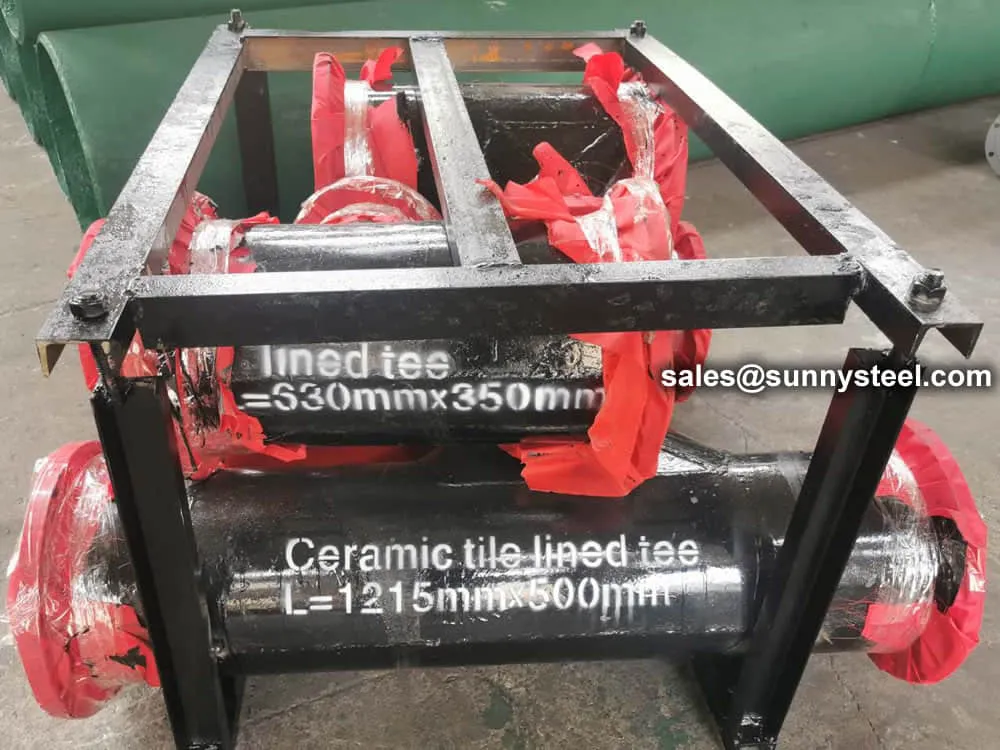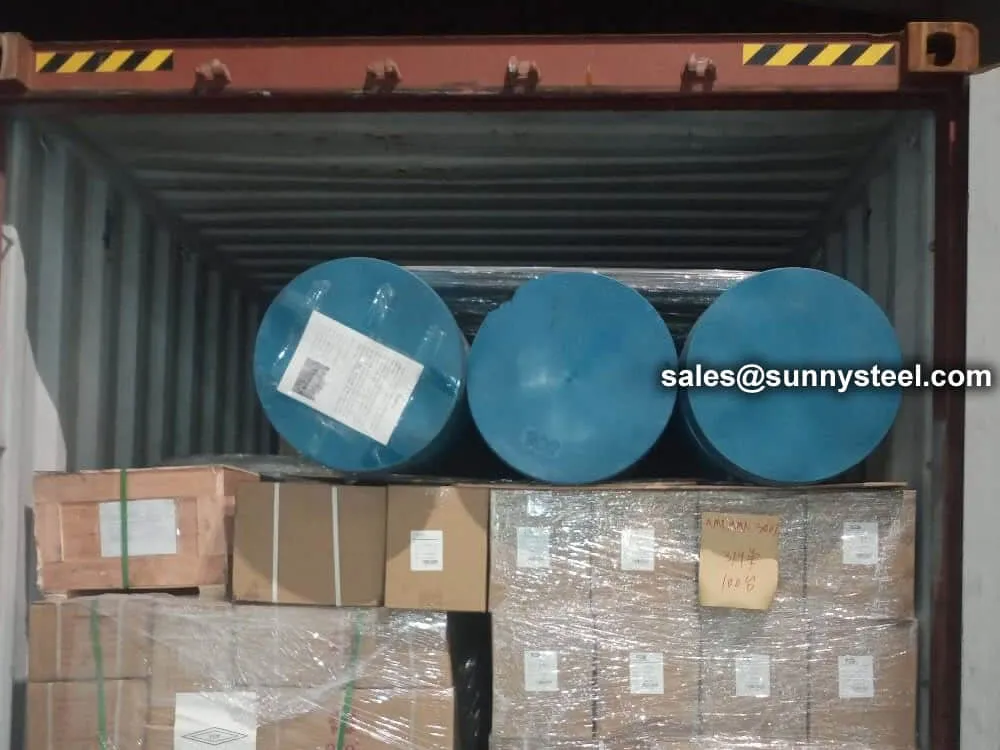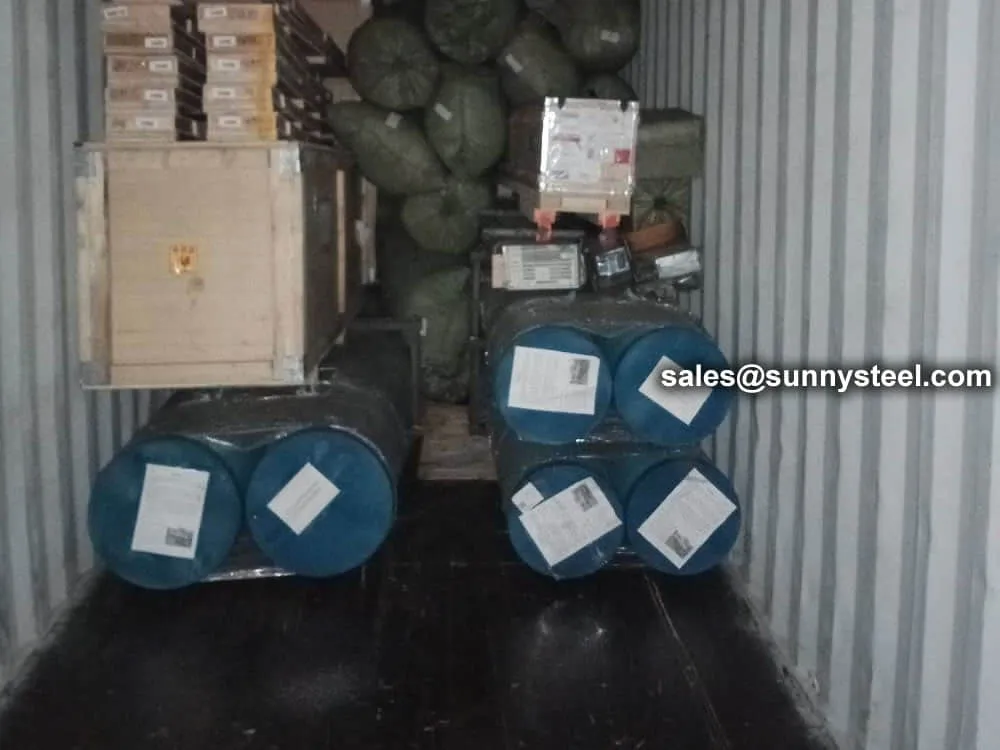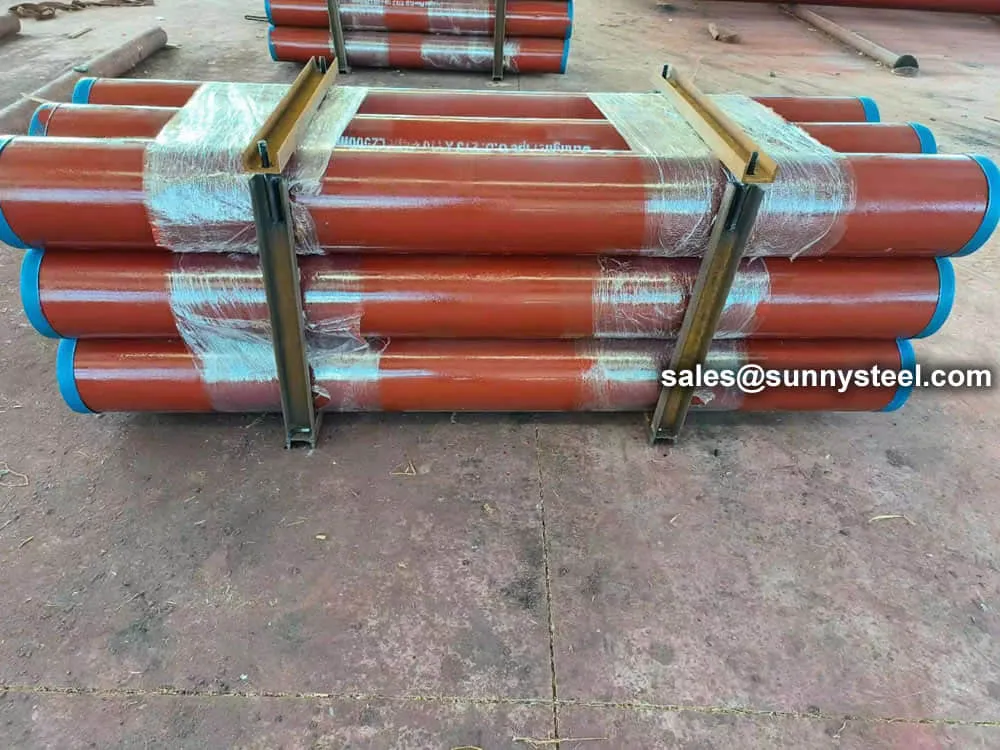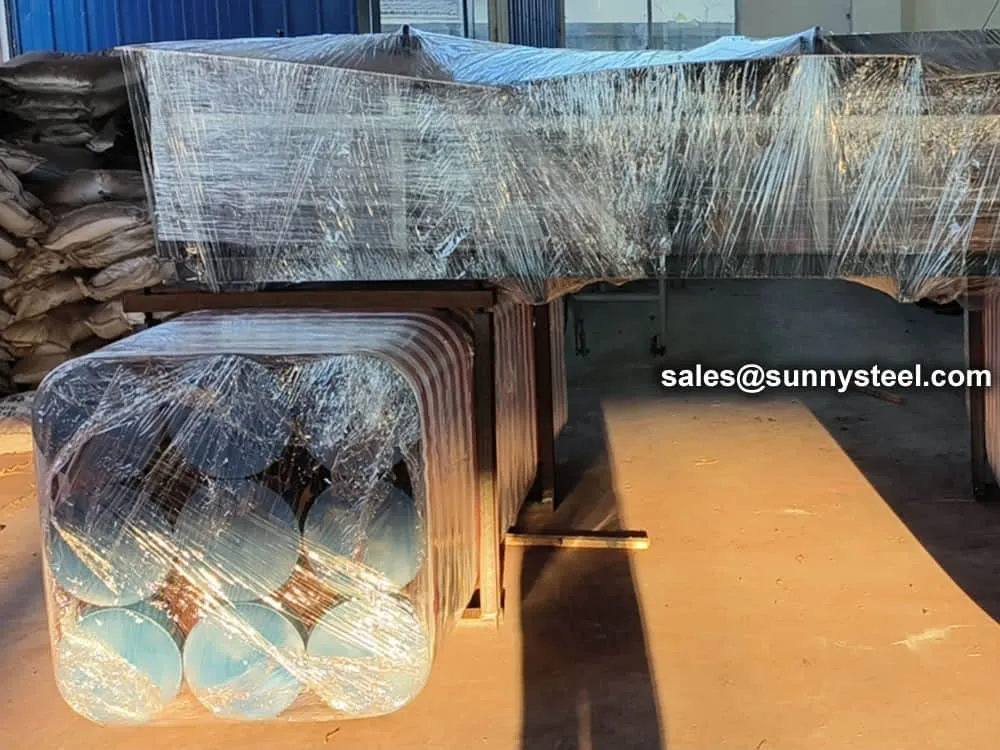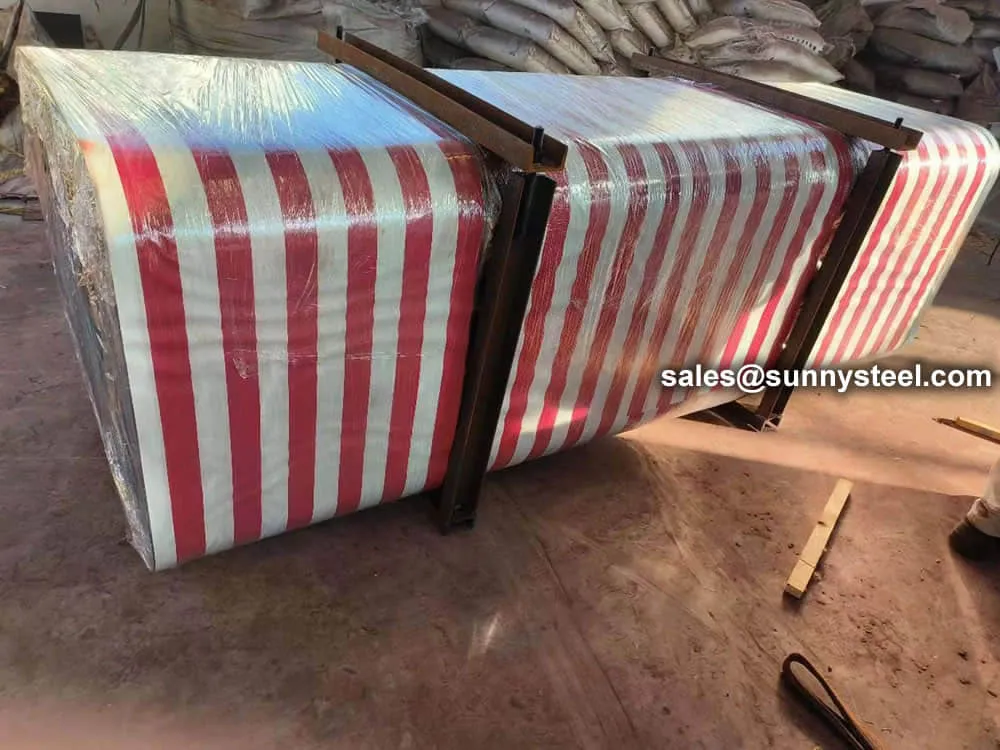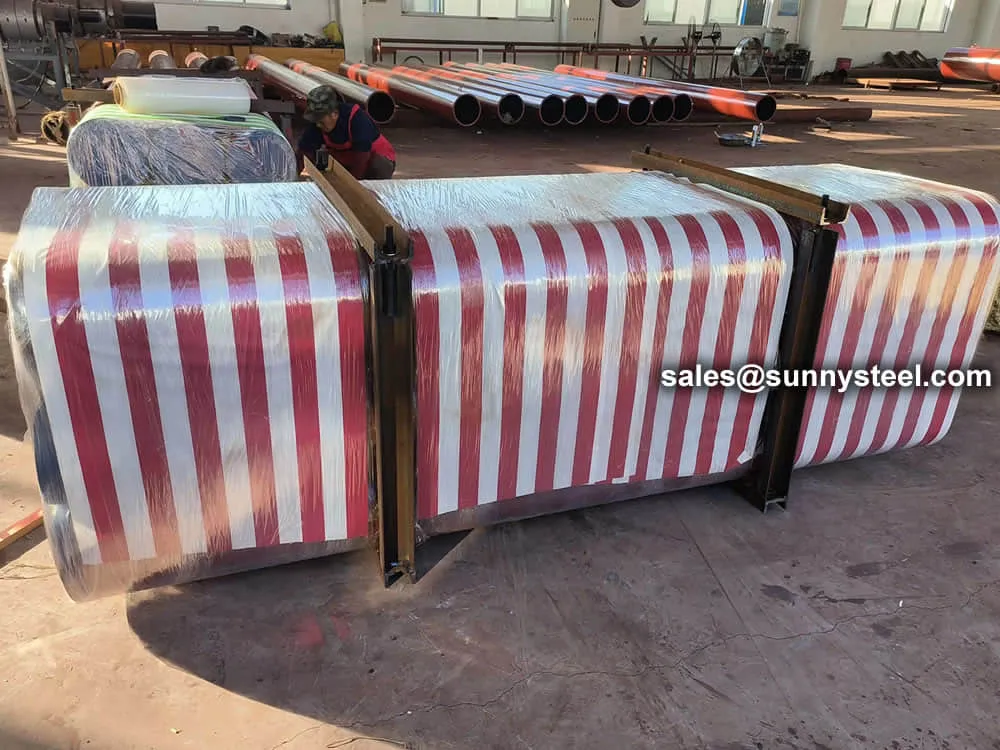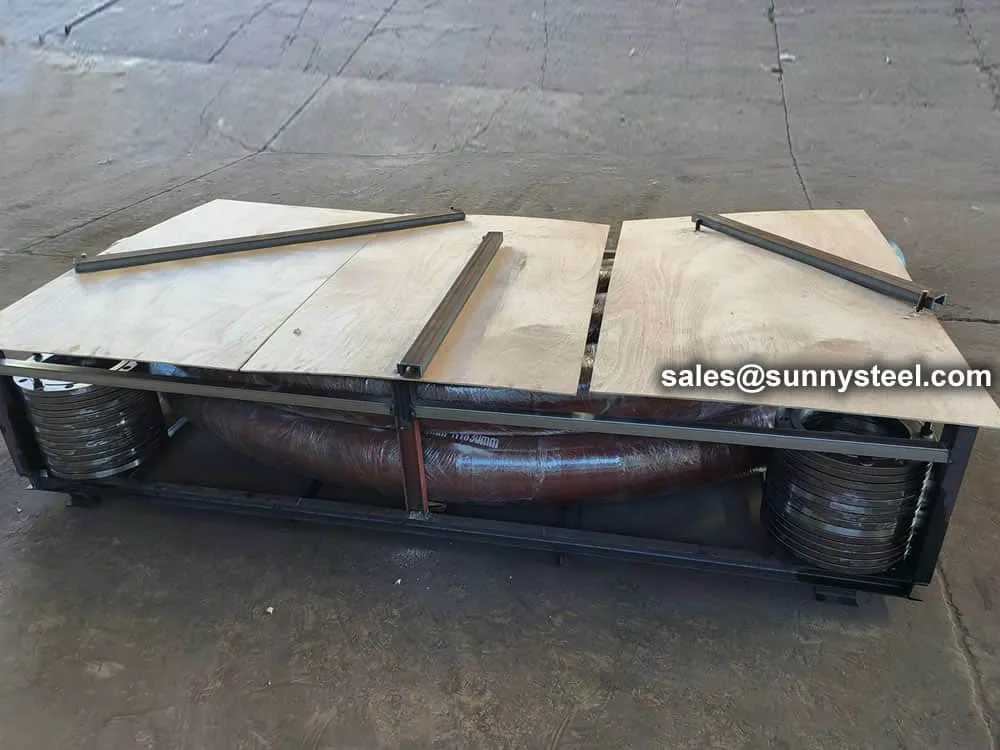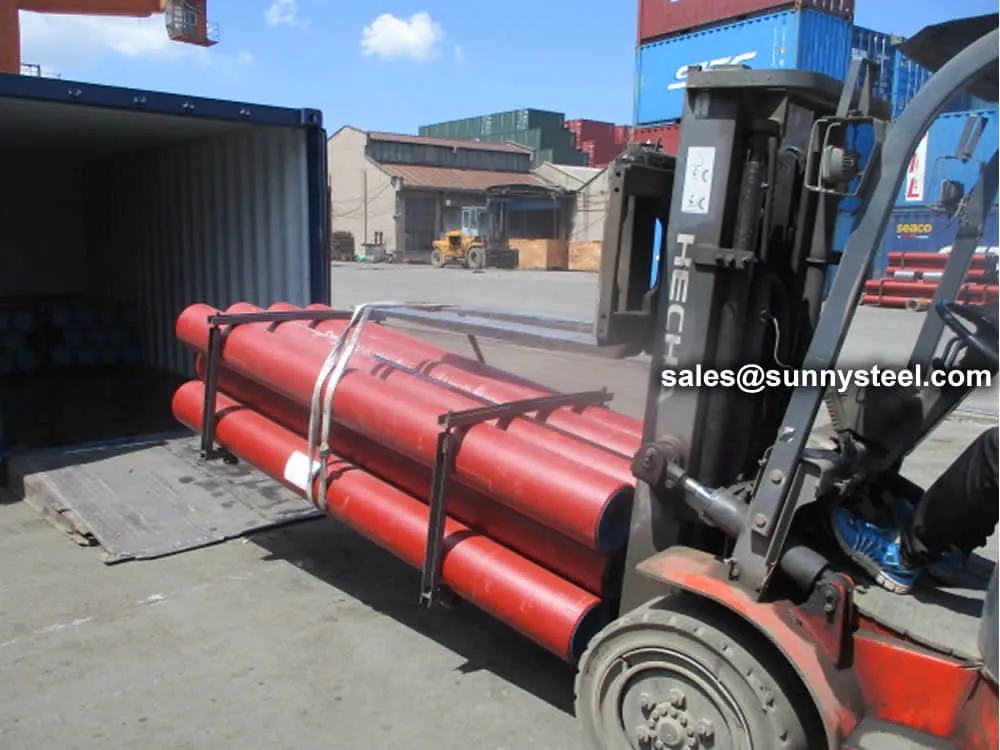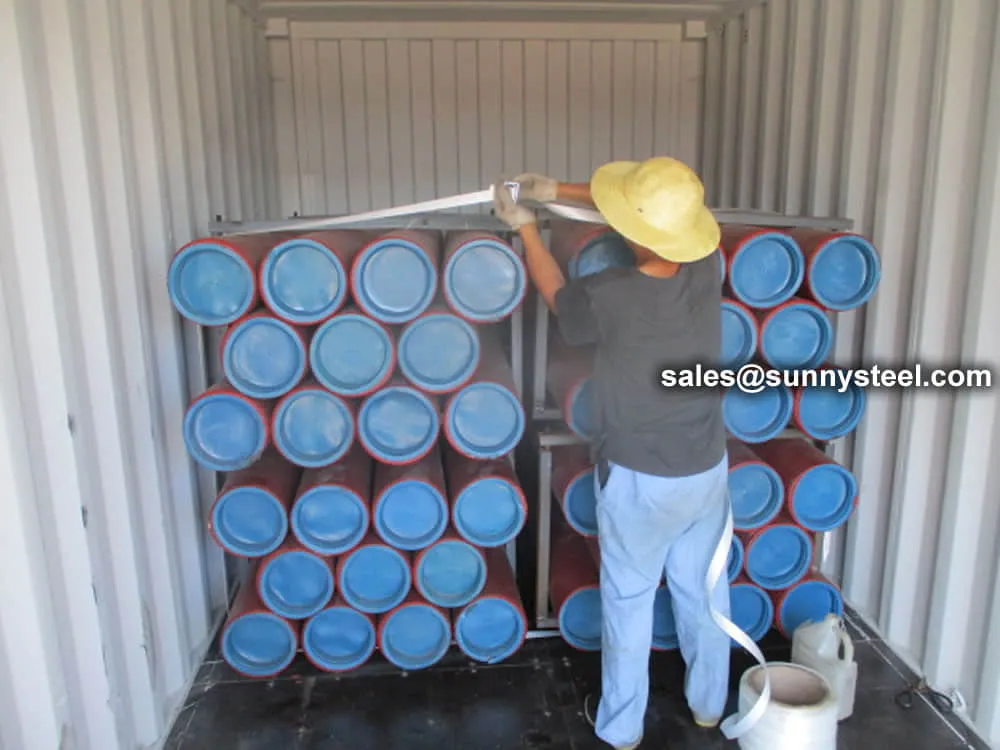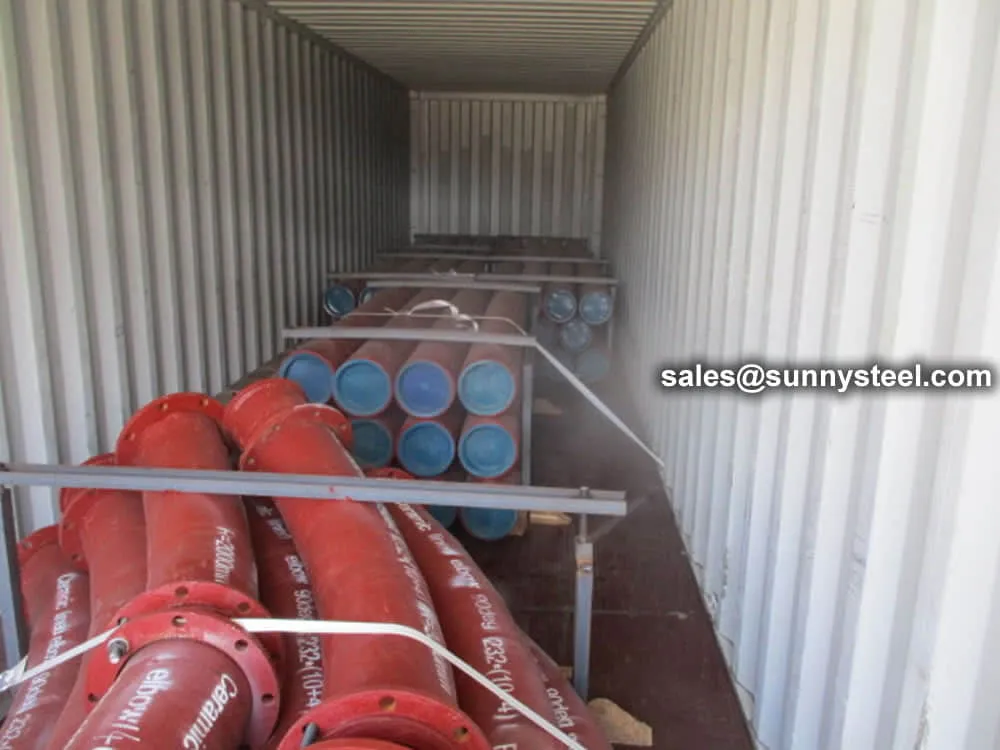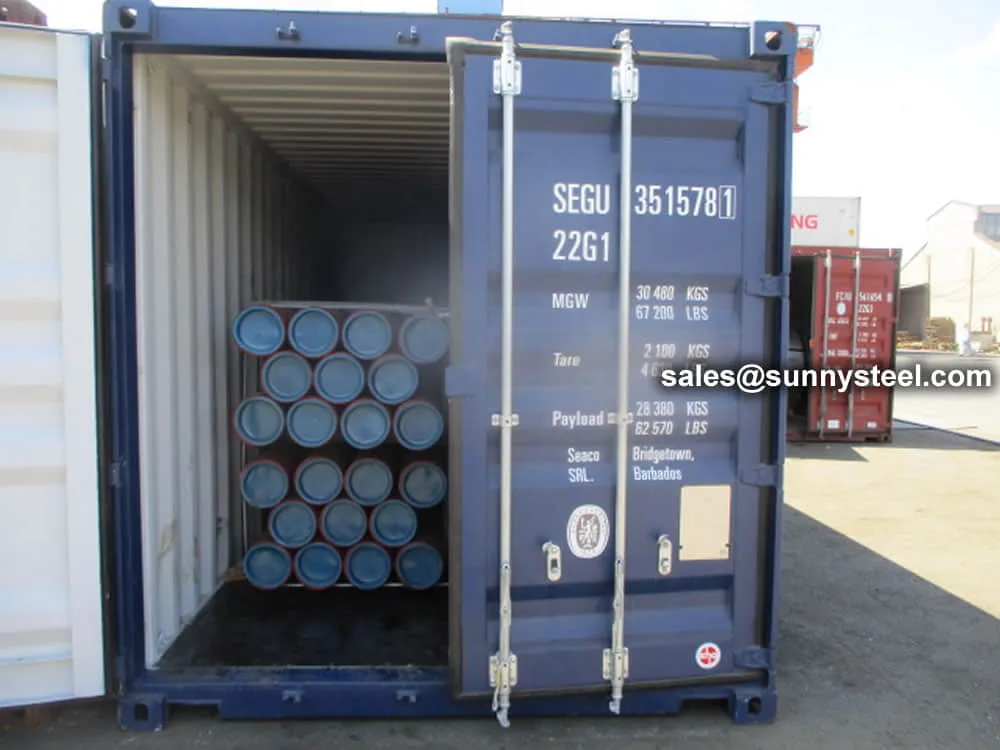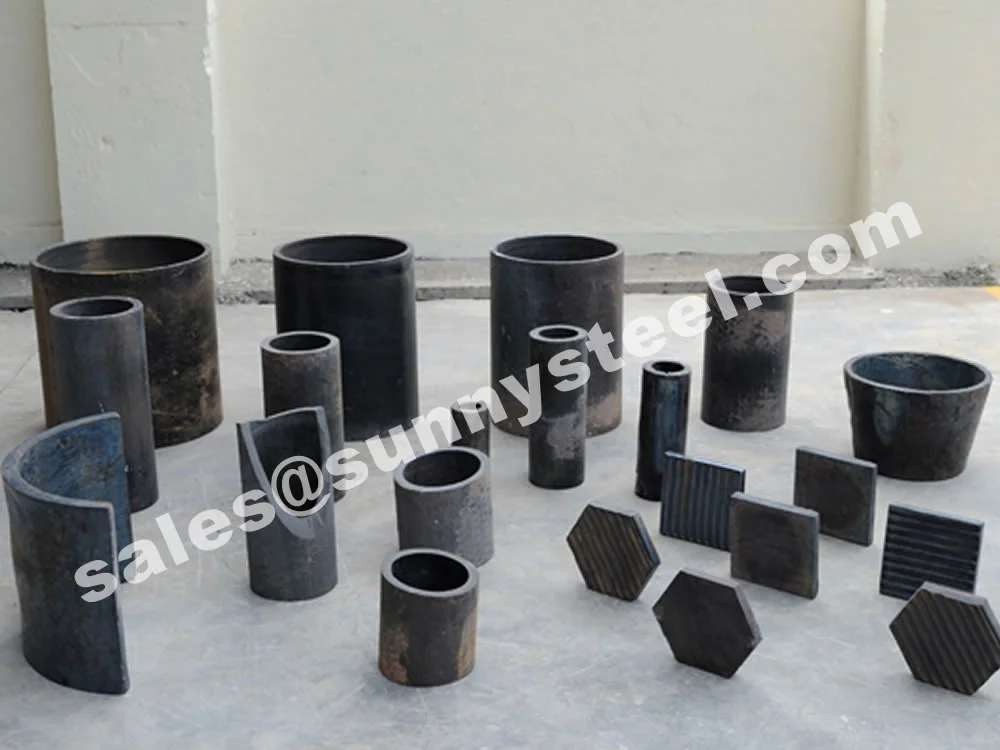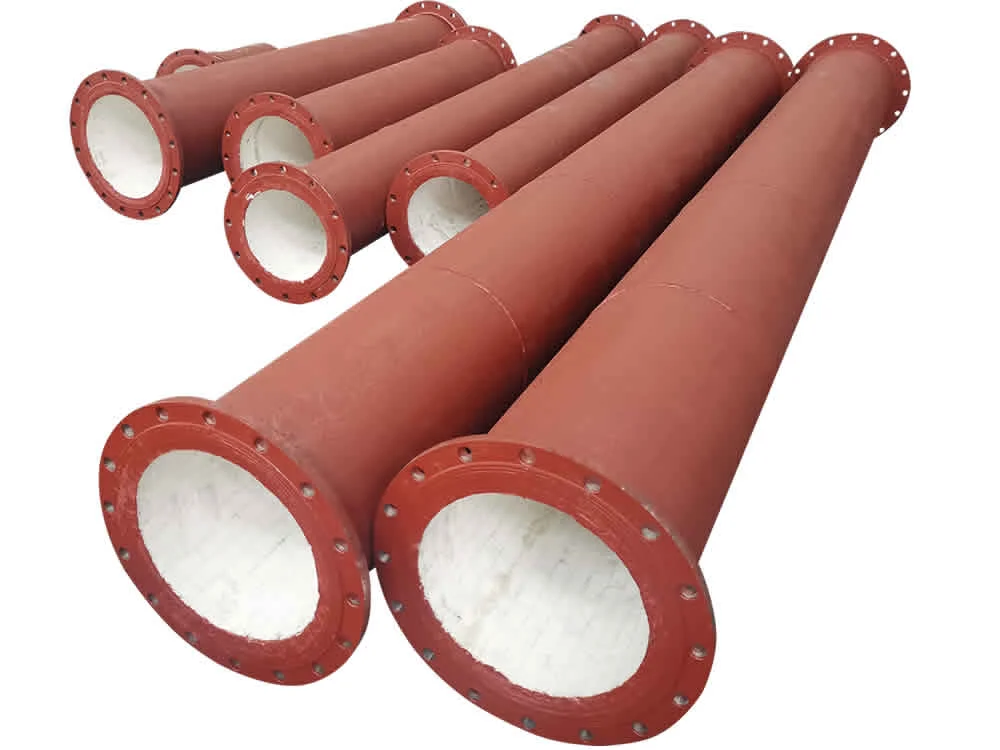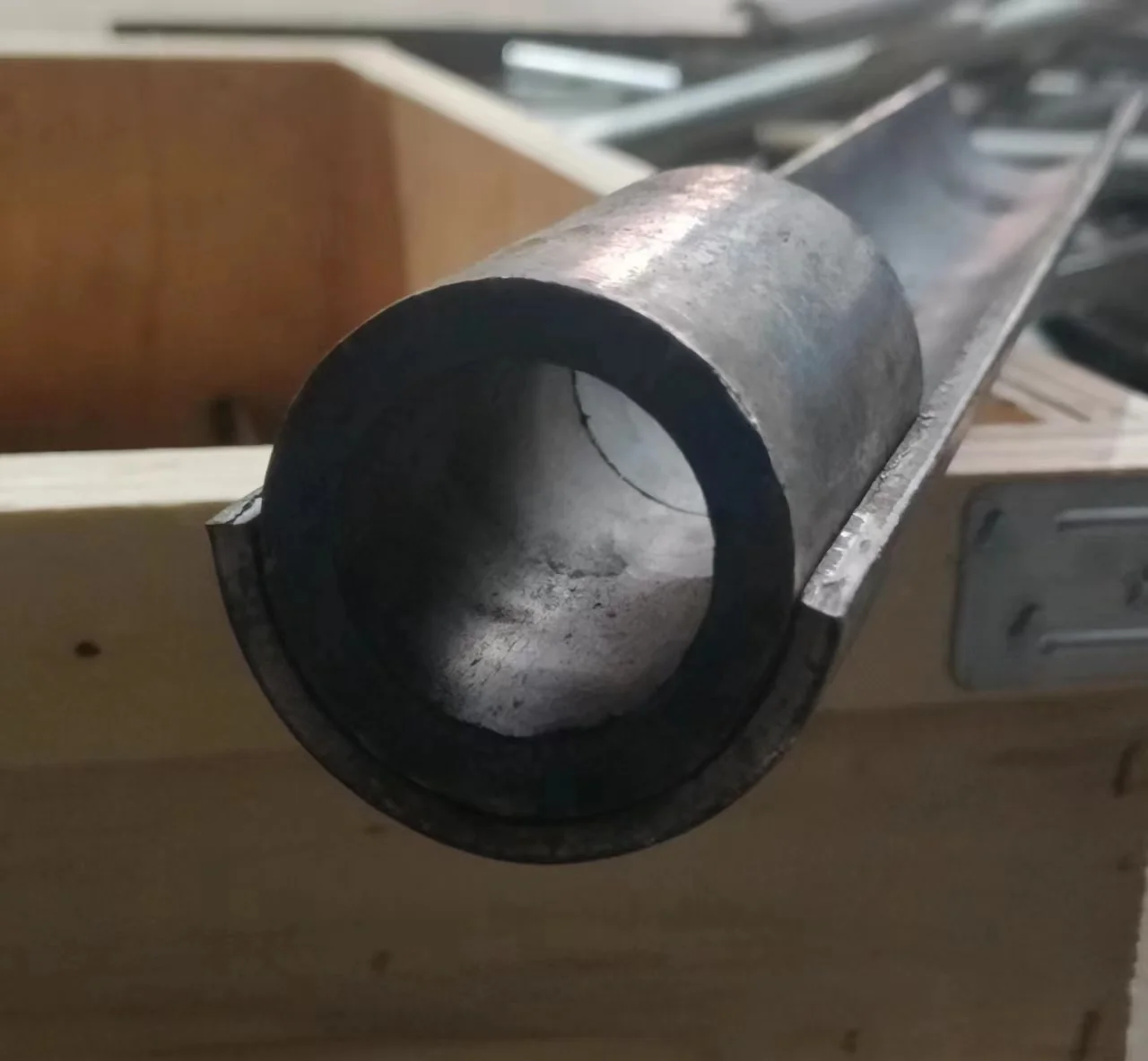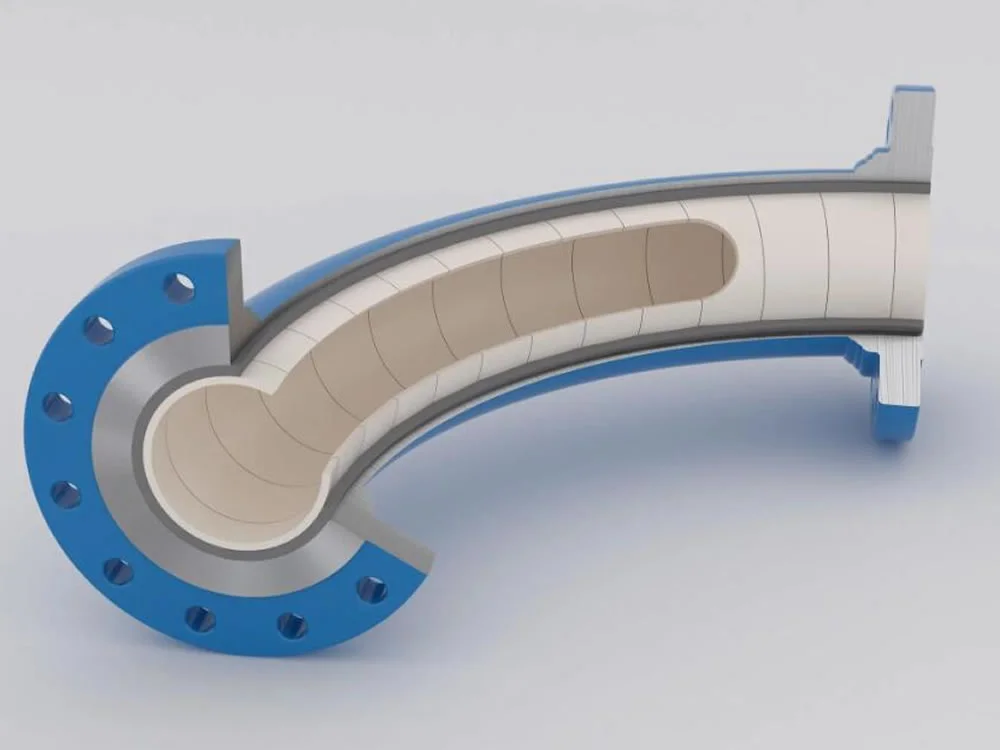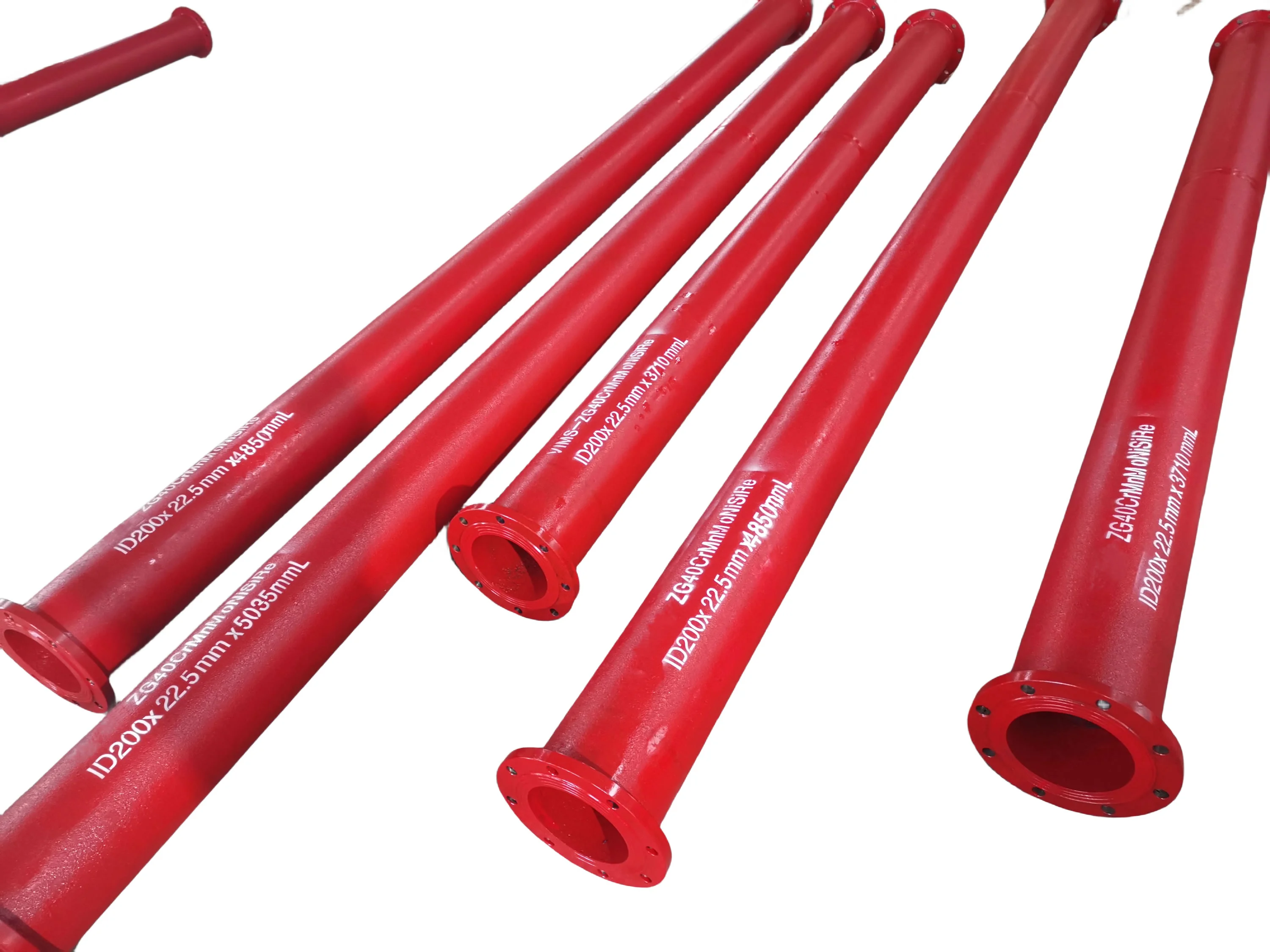SHS Self-Burning Ceramic Composite Pipe FAQ
The SHS (Self-Propagating High-Temperature Synthesis) technology is part of China’s national "863" high-tech project, producing composite pipes with exceptional performance in harsh industrial environments.
Self-propagating high temperature synthesis (SHS) is used to describe a process in which the initial reagents (usually powders), when ignited, spontaneously transform into products due to the exothermitic heat of reaction.
A well-known example of SHS reaction is the thermite reaction given below:

This reaction generates temperatures above the melting point of alumina and is used in the thermit welding process for joining railway lines.
Several other terminologies - such as combustion synthesis, gasless combustion or self-propagating exothermic reaction - are used to describe the process.
The types of material that can be formed using this process include metal borides, silicides, carbides, nitrides, sulphides, aluminides and oxides.
The ceramic layer achieves Mohs hardness of 9.0 (HRC ≥90), which is nearly as hard as diamond. This makes it ideal for transporting abrasive materials in mining, metallurgy, coal, and power industries, outperforming traditional steel pipes by 5-10 times in wear resistance.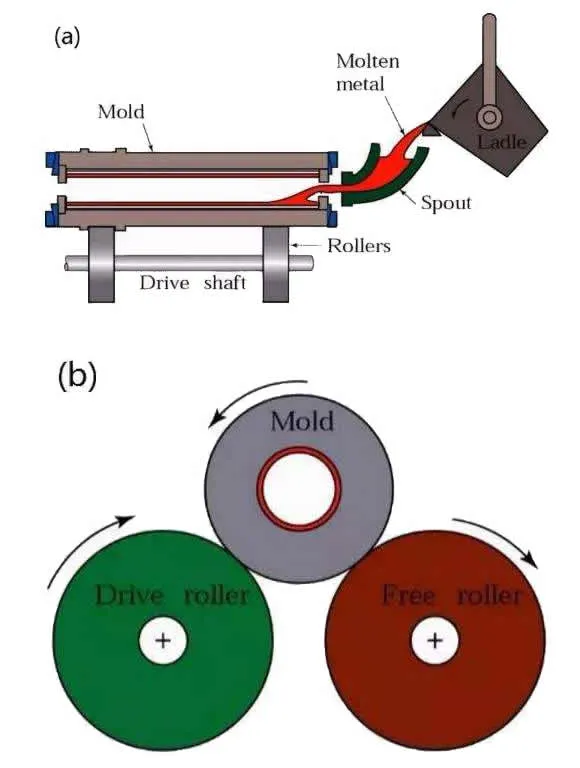
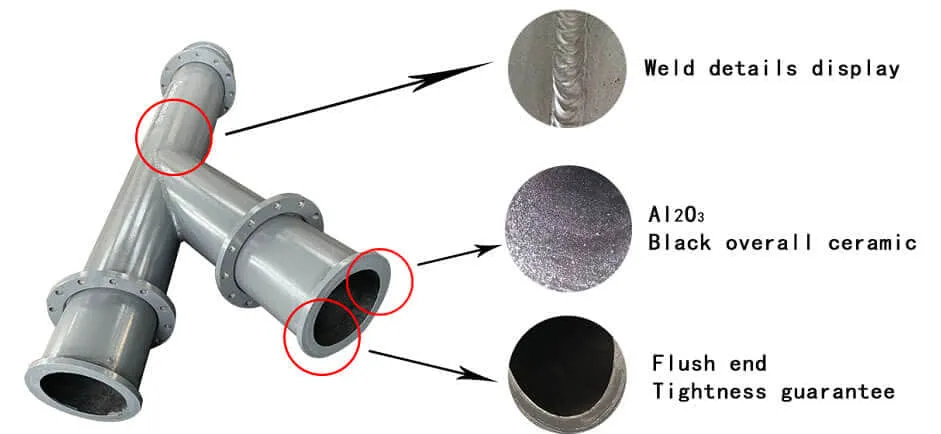
- 5-10x longer service life in abrasive environments
- Reduced downtime from maintenance
- Improved flow efficiency
- Compatibility with various fittings (elbows, tees, etc.)
Ceramic steel pipe and traditional steel pipe, wear-resistant alloy cast steel pipe, cast stone pipe, as well as steel plastic, steel rubber pipe, etc. have essential differences. The outer layer of ceramic steel pipe is steel, and the inner is corundum. The Vickers hardness of corundum layer is as high as 100-1500 (Rockwell hardness is 90-98), which is equivalent to tungsten cobalt hard gold. The wear resistance is more than 20 times times higher than carbon steel pipe, it is superior to the corundum grinding wheel which is usually bonded. Now the corundum grinding wheel is still the main grinding wheel of the grinding mill. The corundum layer in the ceramic steel tube can wear away the corundum grinding wheel. The abrasion resistance of ceramic steel tube is mainly by the inner layer of several millimeters thick corundum layer, its Morse hardness is 9, second only to diamond and SIC, in all oxides, its hardness is the highest.
The inner liner ceramic wear-resisting steel pipe is made by SHS high temperature synthesis-centrifugal method, the melting point of corundum in ceramic steel pipe is 2045 ℃, the corundum layer and steel layer have special structure and stress field because of the process reason. Under normal temperature, the compressive stress of the ceramic layer, the tensile stress of the steel layer, the two opposites, into a balanced whole. Only when the temperature rises to more than 400 ℃, because the thermal expansion coefficient is different, the new stress field produced by the thermal expansion and the original stress field in the ceramic steel pipe cancel each other, so that both the ceramic layer and the steel layer are in a free equilibrium state. When the temperature rises to 900 ℃ the inner liner ceramic wear-resistant steel pipe into the water, repeatedly soaked repeatedly, the composite layer does not crack or cracking, showing the incomparable thermal shock resistance of ordinary ceramics. This performance is of great use in construction, because the outer layer is steel, in addition to heating the inner layer does not crack, in the construction, the flange, blowing, explosion-proof doors can be welded, but also can be directly welded to connect, which is more than wear-resistant cast stone pipe, wear-resistant cast steel pipe, Rare-earth wear-resistant steel pipe, bimetal composite pipe, steel pipe, Steel rubber pipe In the construction is not easy to weld or welding more than a chip. Internal liner ceramic Wear-resistant steel pipe resistance to mechanical impact is good, in transport, installation beat and the two support between the weight bending deformation, the composite layer does not break off.
At present, the practice of dozens of thermal power plants shows that the wear resistance of the inner-lined ceramic steel tube is high, and the resistance to fluid scouring is strong. In the first air duct, the bending pipe wear the most quickly, the wear resistance of the inner liner ceramic wear-resisting steel pipe is more than 5 times times higher than that of the thick wall wear-resisting cast steel elbow.
In practice, the inner liner ceramic wear-resistant steel pipe after 1-2 years to open observation and measurement, the composite layer has no obvious wear or fall off, in the same size and unit length of the pipeline, the internal liner ceramic wear-resistant steel tube weight only wear-resistant cast steel pipe or bimetal composite pipe of about 1/2, the cost of each of the meters reduced 30–40%, Only cast stone pipe and Rare-earth wear-resistant steel pipe weight of about 2/5, per meter project cost reduction of more than 20%. In the corrosive or high-temperature place to use the liner ceramic wear-resistant steel pipe, its price is only a stainless steel tube, nickel-titanium tube of a fraction of.
Fluid pipeline transportation is not only used in the power industry, but also in metallurgy, coal, petroleum, chemical, building materials, machinery and other industries. When the pipe is transported with large grinding material (such as ash residue, pulverized coal, mineral fine powder, tailings cement, etc., there is a problem of fast abrasion of pipe, especially the bending pipe wear fast; when conveying a strong corrosive gas, liquid or solid in the pipeline, there is a problem that the pipeline is corroded and destroyed quickly. When conveying the material with high temperature in the pipeline, there are some problems such as the price of heat-resisting steel pipe is very expensive. The internal liner ceramic wear-resistant steel pipe market, these problems are solved.
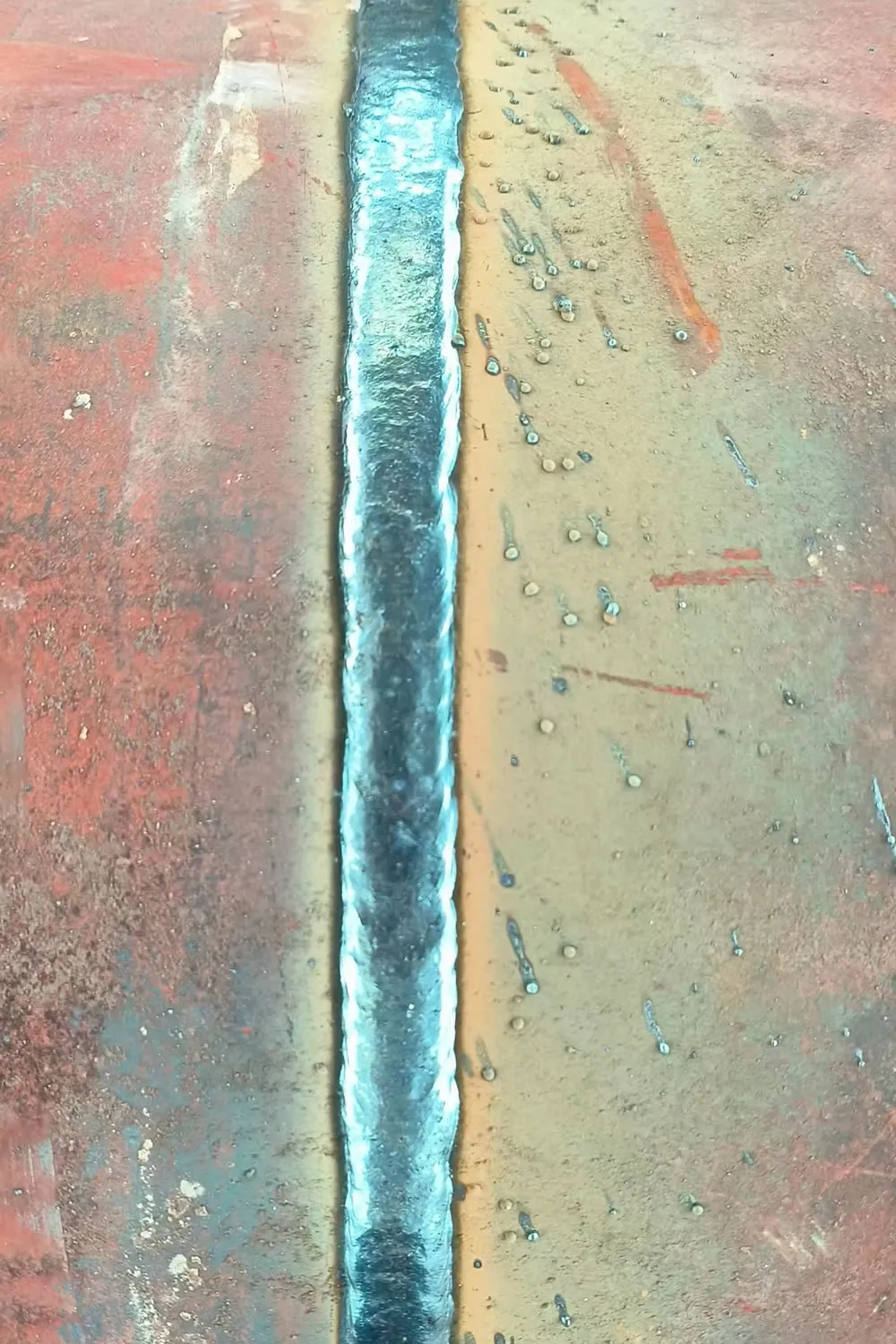
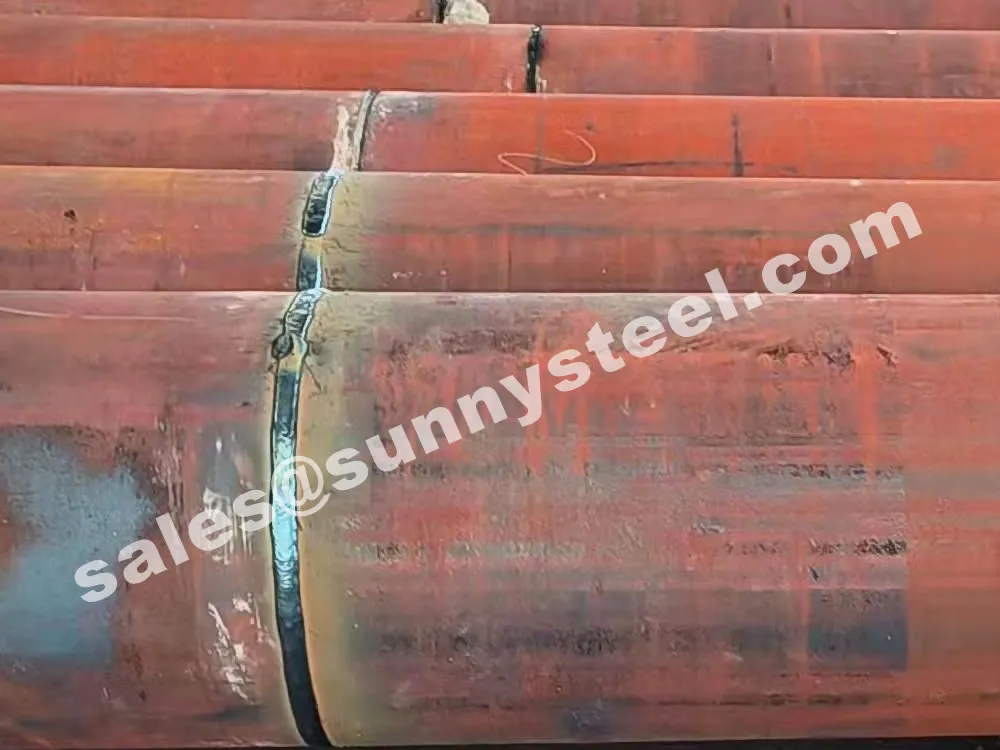
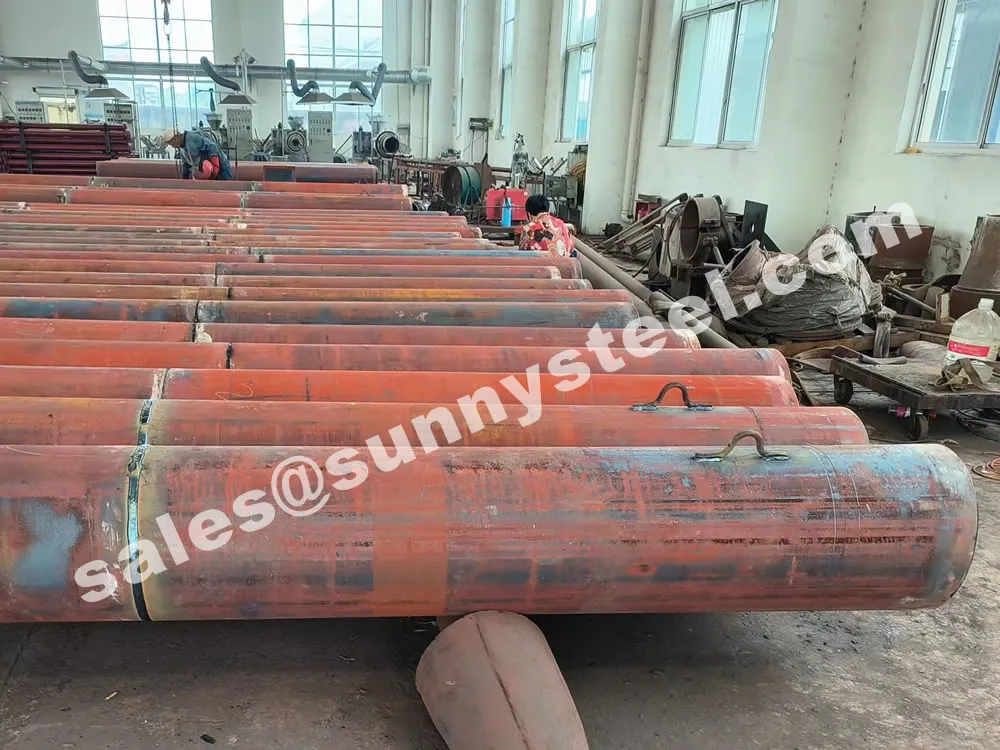
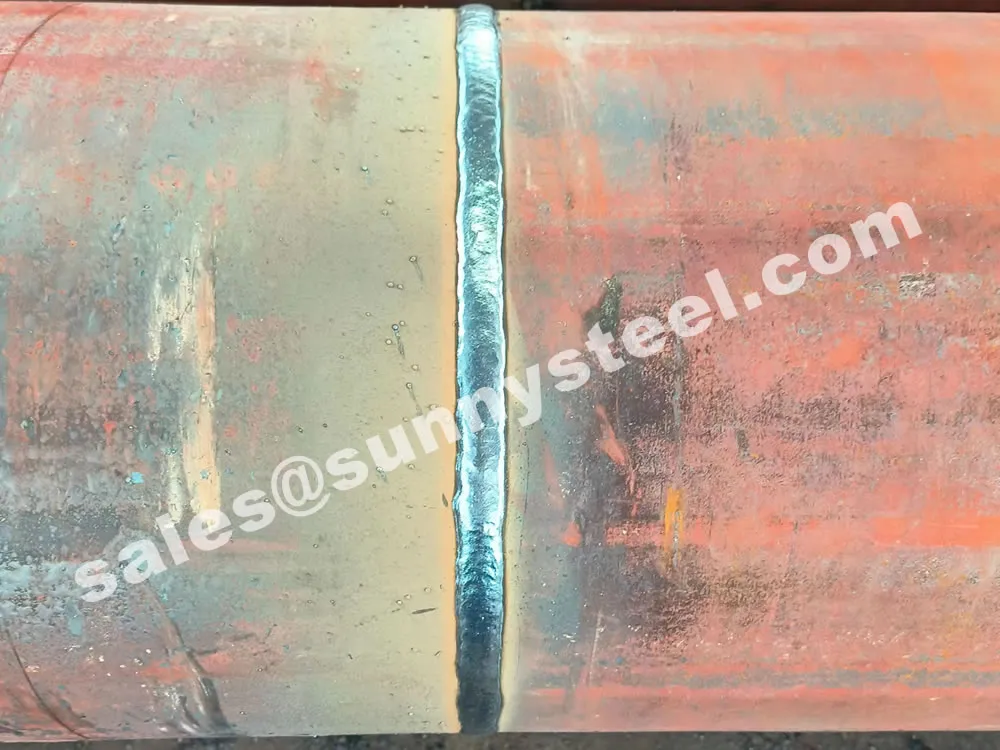
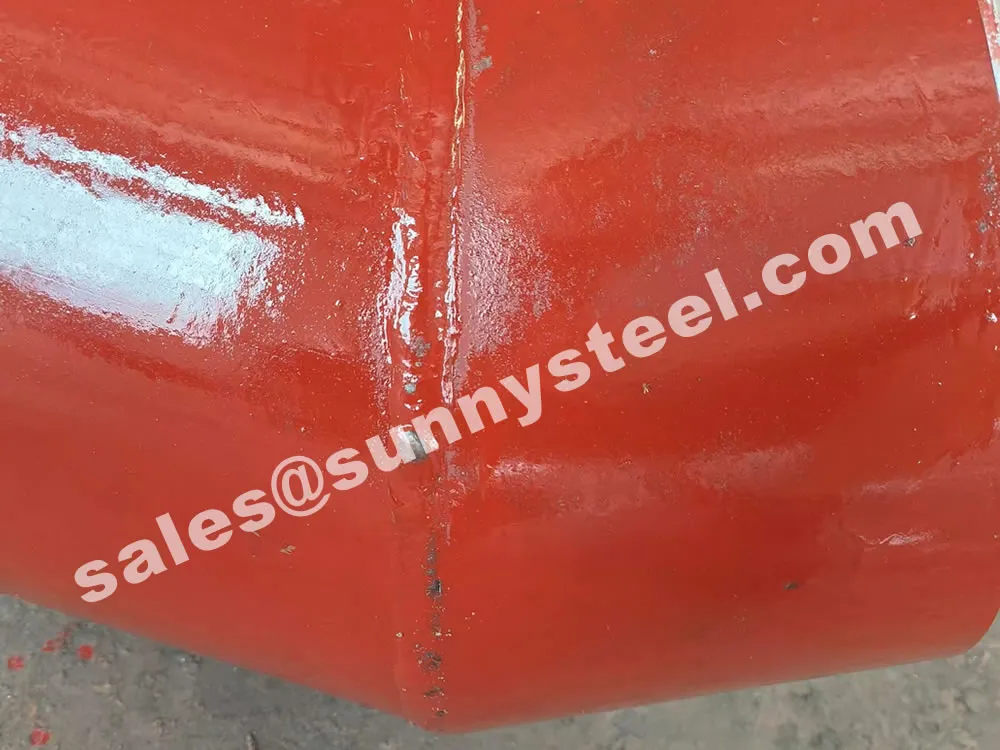
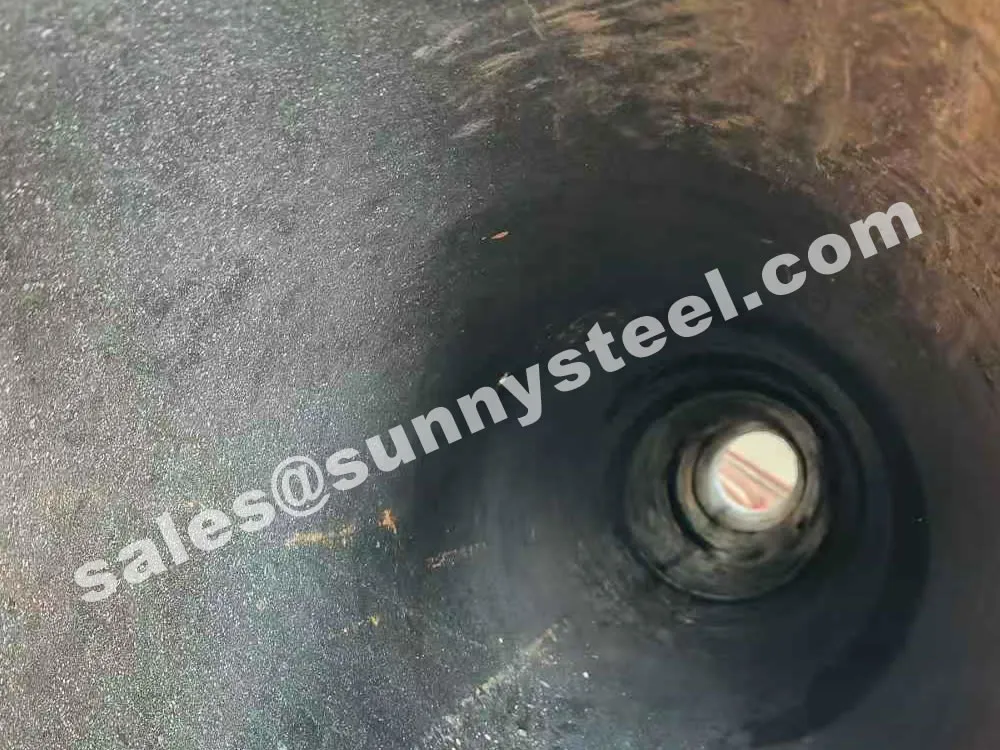
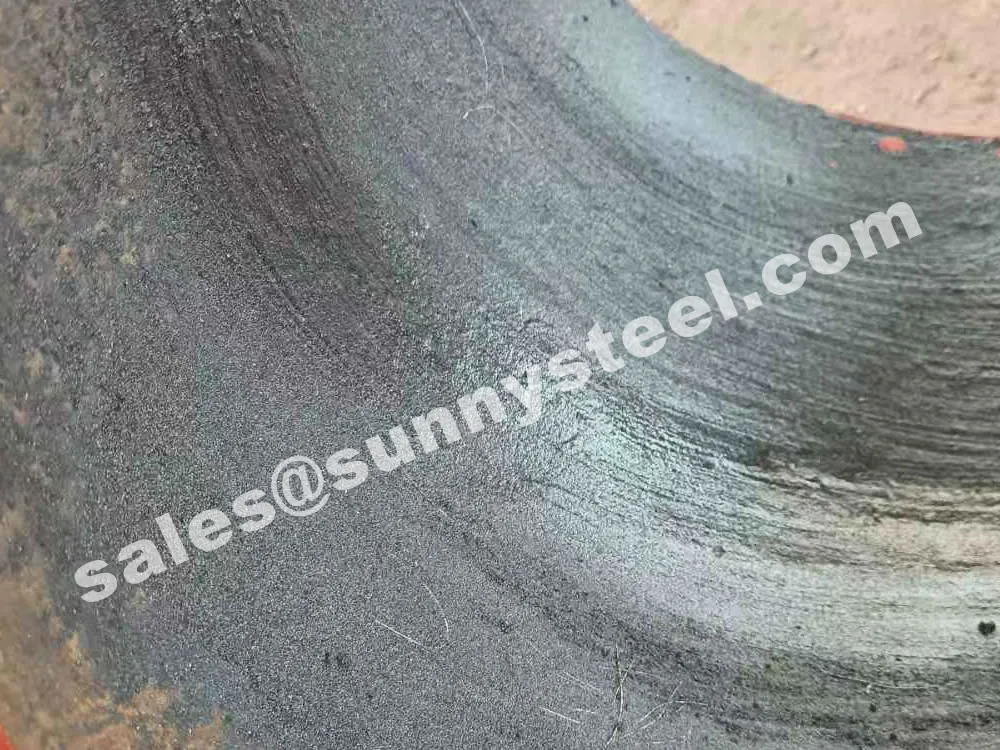
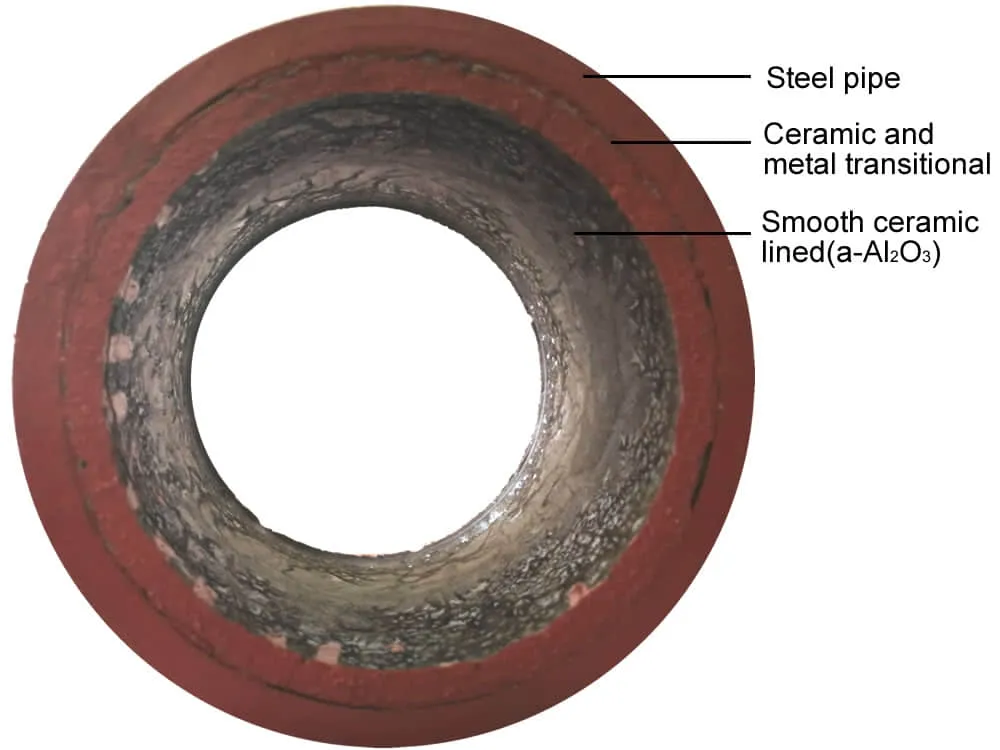 Steel pipe → Ceramic and metal transitional → Smooth ceramic lined (α-Al₂O₃)
Steel pipe → Ceramic and metal transitional → Smooth ceramic lined (α-Al₂O₃)
